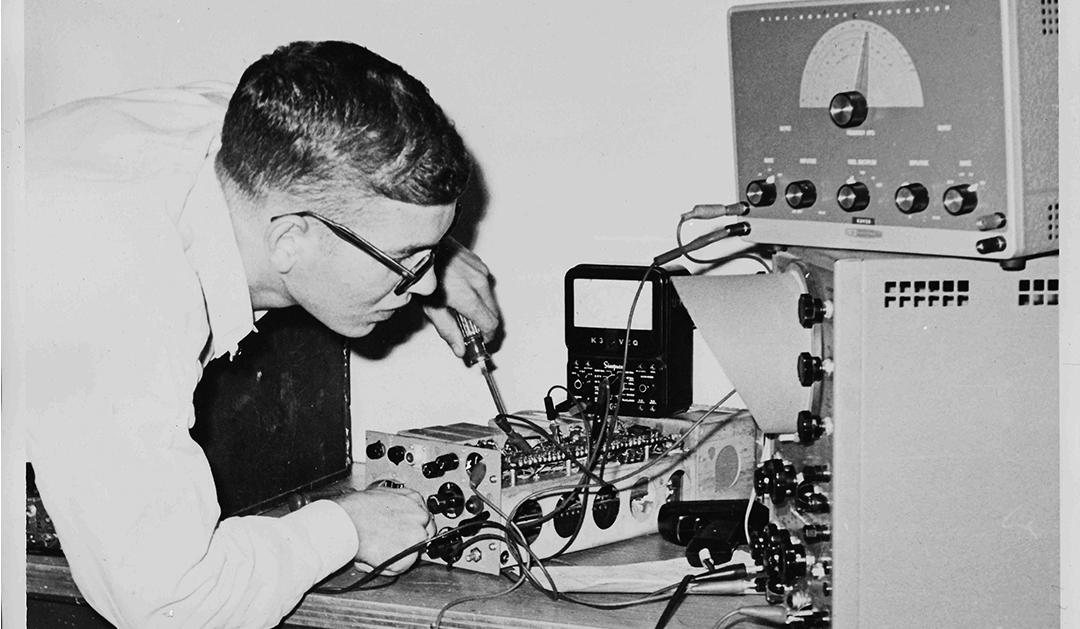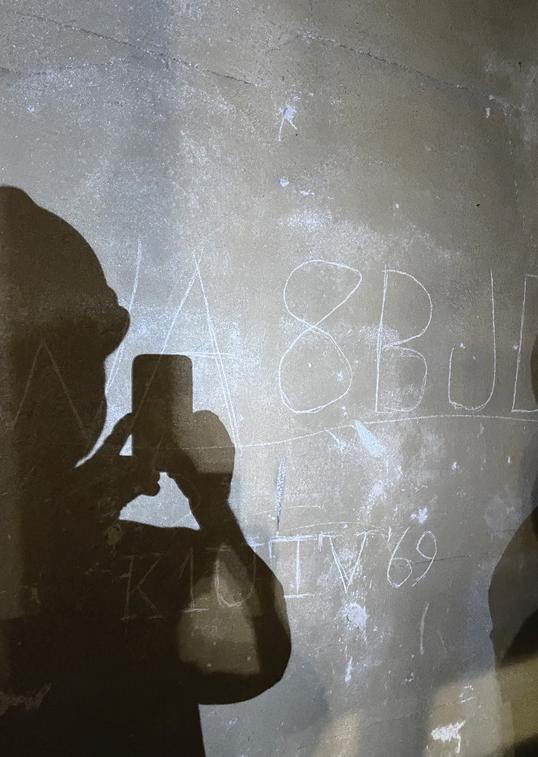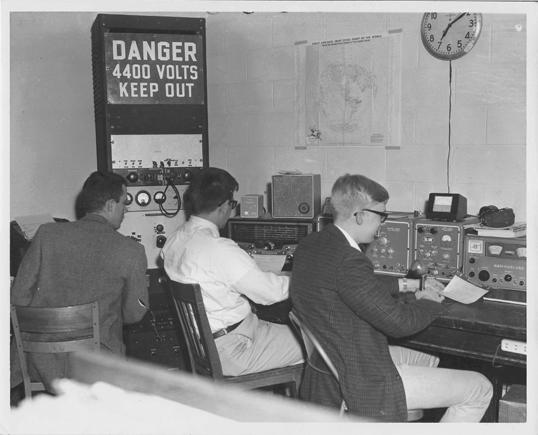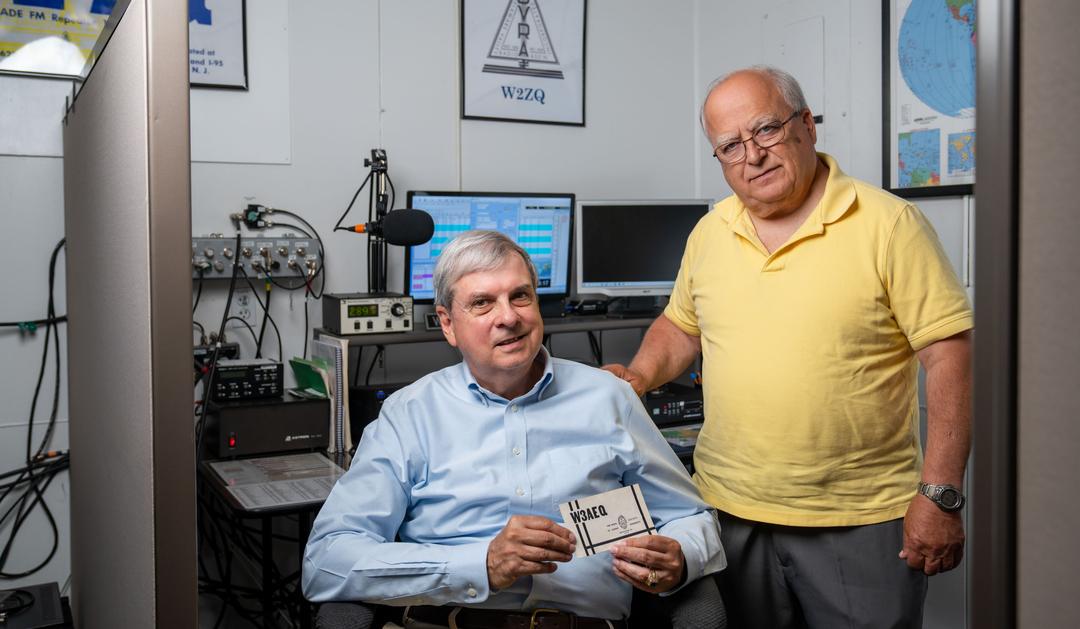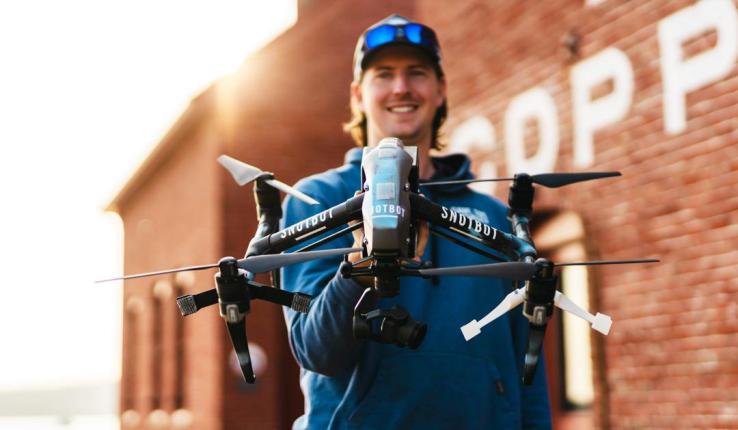Some of the alumni who participated in the club continue to operate ham radios and said they wish to see the club reestablished on campus.
“Mostly the hobby is one of, ‘Let’s see who we can talk to.’ There are infinite connections between here and there with nothing in between except the ionosphere,” said Gary Wilson ’72, who lives in New Jersey and uses the call sign K2GW.
Although Wilson was not in the Amateur Radio Society when he was at Lehigh, he earned his ham license a year after graduating. He finally had the time to learn Morse code, a requirement for a license back then. Wilson is now part of the Delaware Valley Radio Association, and for the past 20 years has continued to renew Lehigh’s call sign—W3AEQ—with the Federal Communications Commission, hoping Lehigh students may one day use it again.
“There’s a magic to ham radio,” said Wilson, who was recently talking over the radio waves to someone in the Southeast Asian country of Laos.
Shawn Donley ’71 joined the club during his first year at Lehigh, in 1967. At that time, his call sign was WA3CHX, though it was not left on the wall.
“I was already an amateur radio operator. I was tinkering with electronics when I got into the hobby,” said Donley, who now lives in Maryland. “I was fascinated by the fact you can throw a piece of wire and a transmitter out there and talk to someone else in the world.”
The club didn’t have set meetings. Anyone could show up and hang out whenever they wanted to, he said. One of his favorite memories is of an SCR-584 radar van from World War II the club acquired and kept on university property in Saucon Valley. It was modified to track satellites and could be aimed at weather satellites to record weather data.


